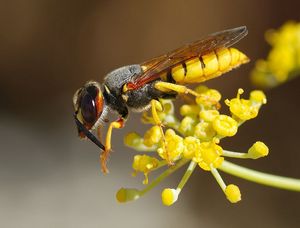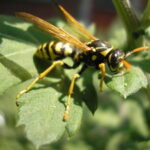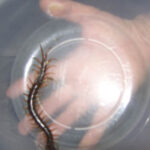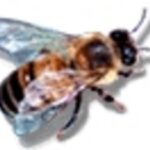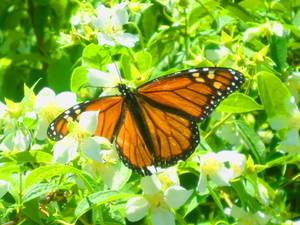Bees, wasps and hornets all belong to the insect order Hymenoptera, and can all give us nasty stings. Here is how they differ, and tips on how to properly remove stingers.
In winter, it is easy to forget that the approaching warm season brings both balmy weather as well as biting and stinging insects. Many of these insects are vital to the health of the environment. They are ‘good guys’. However, these good guys can inflict a painful sting. Understanding some of the differences between bees, wasps and hornets can help you avoid being stung.
What Are Bees?
Bees are flying, social insects that have fuzzy-looking bodies. These insects are vital pollinators (animals that help fertilize plants) that feed off nectar and collect pollen to bring back to the hive. As agricultural pollinators, today bees are one of the most economically and ecologically important groups of insects.
There are many, many types of bees; currently more than 16,000 described species. But those of us in North America are probably most familiar with the honey bee, members of the genus Apis, of which there are seven recognized species.
Honey bees are not particularly aggressive (except for the Africanized varieties) and essentially would prefer not to sting you, since doing so results in the loss of a bee’s barbed stinger, and, ultimately its life.
How to Properly Remove a Bee Stinger if Stung
Here’s a helpful tip to keep in mind the next time you get stung by a bee. In graduate school I worked with a professor who studied members of Hymenoptera and kept bee hives on his property.
Helping him with his work, I was, of course, soon stung. Seeing my dilemma, this expert quickly whipped out a credit card and used it to gently scrape to dislodge the stinger without squeezing the venom sac attached to it. He did this because the more poison that you are subjected to when stung, the worse your reaction will bee (swelling if you are not allergic, potentially deadly anaphylactic shock if you are). Professor Bee Sting reminded me to never grab or smash that painful twitching present that a bee leaves behind, doing so introduces more poison into your system and the scent triggers aggression in nearby bees.
What Are Wasps?
Wasps belong to the taxonomic family Vespidae, which also includes yellow jackets and hornets. Some wasps are pollinators; others are predators that reduce pesky insect populations. This makes wasps good guys, since they are even used in agriculture to control the insects that damage crops. Most every pest insect species has at least one type of wasp that preys upon it.
Wasps are not fuzzy, and generally have a bad attitude. Only the female wasps have stingers, but these stingers do not become embedded in your skin if you are stung, meaning that a wasp can sting you multiple times.
Hornets area type of wasp, and as such, can sting over and over again and can be extremely aggressive.
More Information on Bees, Wasps and Hornets
- Wasps, Bees, Yellowjackets and Hornets – Colorado State University
- Comparison of Bees, Wasps & Hornets
- Hymenoptera – North Carolina State University
